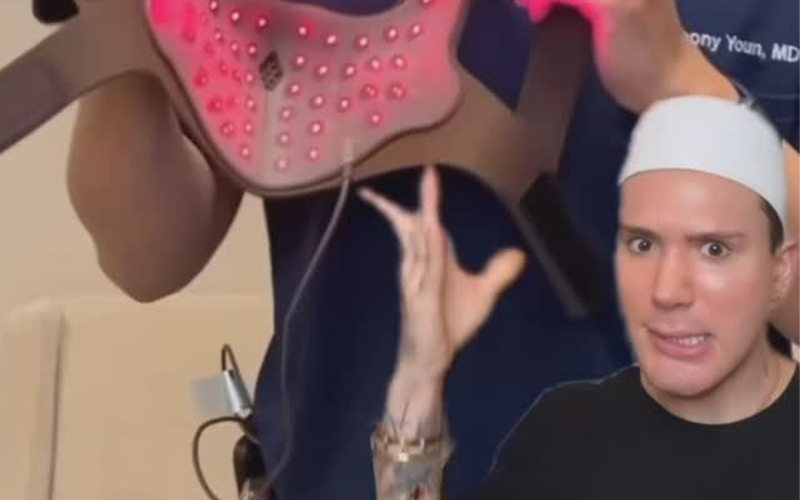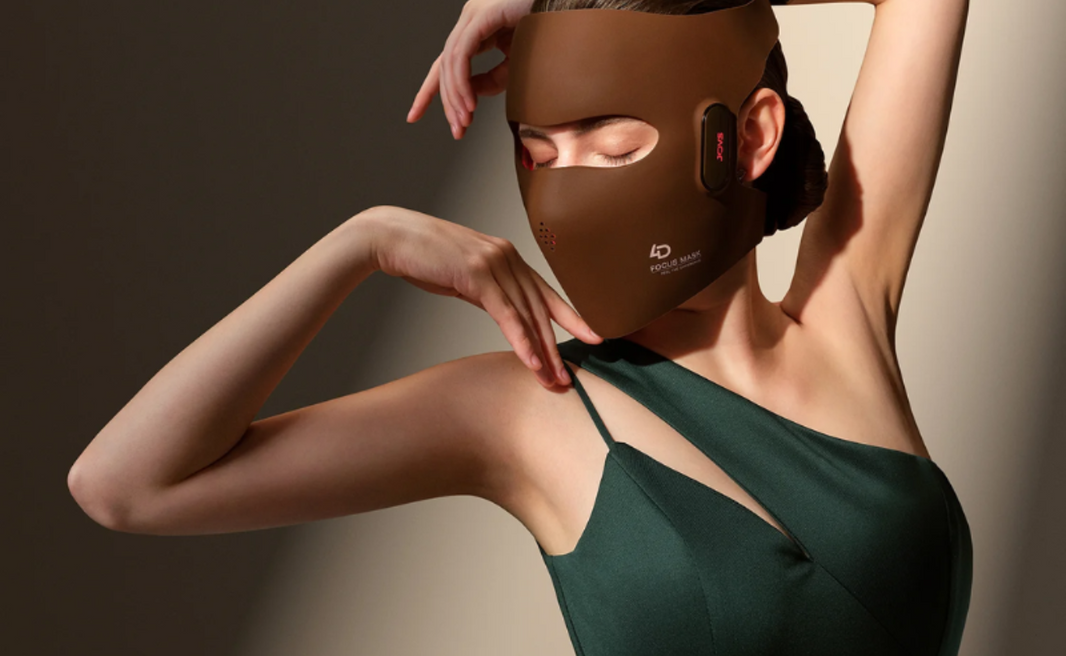Werewolf Syndrome, or Hypertrichosis, is a rare condition characterized by abnormal hair growth over the body. For those affected, finding effective hair removal solutions is not just a cosmetic choice, but a necessity for psychological well-being and social interaction.
What is Werewolf Syndrome
Hypertrichosis can be either congenital or acquired, and it's marked by hair growth that can be either localized or generalized. This condition can lead to significant psychological stress and social challenges, making the management of excessive hair growth crucial for those affected.

The Varieties of Hypertrichosis
Hypertrichosis, a unique and rare condition, manifests in several forms, each with distinct characteristics:
- Congenital Hypertrichosis Lanuginosa: This type is present from birth. It initially appears as lanugo, the delicate, fine hair typically seen in newborns. However, unlike in typical cases where lanugo fades away, here it persists and grows in various parts of the body.
- Congenital Hypertrichosis Terminalis:From birth, individuals with this type experience abnormal hair growth. The hair, often long and coarse, extensively covers the face and body.
- Nevoid Hypertrichosis:This variant involves excessive hair growth in a specific area. Sometimes, more than one patch of dense hair may be present.
- Hirsutism:Unique to women, hirsutism leads to the growth of dark, coarse hair in areas typically hair-free in females, such as the face, chest, and back.
- Acquired Hypertrichosis:Developing later in life, this form results in the growth of vellus hair or terminal hair, differing from congenital types. Hair may grow in isolated patches or across all hair-bearing areas of the body.
The Causes of Werewolf Syndrome
Werewolf Syndrome, or hypertrichosis, has diverse origins:
- Congenital Hypertrichosis:Often genetic, this rare form traces back to ancestral genes meant for body warmth. Occasionally, these genes may activate abnormally in the womb.
- Acquired Hypertrichosis: Various factors can trigger this later in life:
- Nutritional Issues:Malnutrition or disorders like anorexia nervosa.
- Infections: Certain skin-affecting diseases.
- Cancer:Some types may contribute to hypertrichosis.
- Medications:Drugs like androgenic steroids, minoxidil, or cyclosporine.
Symptoms of Hypertrichosis
Hypertrichosis can be a congenital condition or develop over time. It primarily leads to the growth of three hair types:
- Vellus Hair:These are short follicles covering most of the body, except for areas naturally devoid of hair like the soles of the feet, lips, back of the ears, and palms. Vellus hair may vary in melanin content.
- Lanugo:As previously mentioned, this hair type is extremely thin, soft, and typically pigment-free. Common in newborns, it usually disappears within weeks after birth. In hypertrichosis, however, lanugo persists and continues to grow.
- Terminal Hair:Characterized by being long, thick, and pigmented, this type of hair is especially notable in women with hirsutism.
Traditional Hair Removal Methods for Werewolf Syndrome
The common methods like shaving, waxing, and using depilatory creams are often the first line of defense against unwanted hair. Shaving is quick but offers only short-term results. Waxing provides longer-lasting results but can be painful. Depilatory creams offer a pain-free solution but may not be effective for thicker hair.
Advanced Hair Removal Techniques
Advancements in hair removal technology have brought sophisticated methods like laser and IPL (Intense Pulsed Light) therapies to the forefront, especially beneficial for conditions like Werewolf Syndrome. Laser therapy is known for its precision and is particularly effective for localized hair growth, targeting hair follicles to diminish their growth ability. This method provides long-term results, though it may require multiple sessions. In the realm of IPL technology, a standout product is the JOVS X Hair Removal Device. This device is distinguished by its utilization of far-infrared light (FIR) emitted by graphene. The far-infrared light wave released by the graphene resonates at the same frequency as the human body, allowing it to penetrate deeply and safely beneath the skin. This penetration reaches through the hypodermis layer beneath the epidermis, enhancing the body's natural repair capabilities. This innovative feature of the JOVS X device, combined with its high energy intensity, is particularly effective in managing the thick and extensive hair growth typical of Werewolf Syndrome. The device's versatility allows it to be used on various body parts, offering a comprehensive solution for excessive hair growth. With regular use, the JOVS X, operating with FIR graphene technology, can significantly reduce hair growth over time, providing a more enduring solution compared to traditional methods.

Conclusion
While there is no one-size-fits-all solution for hair removal in Werewolf Syndrome, a diverse array of solutions exists, ranging from traditional methods to advanced technologies like the JOVS X Hair Removal Device, which stands out with its innovative FIR graphene technology. This device, alongside other advanced options, expands the possibilities for effective hair management. It is crucial for individuals to consult with healthcare professionals to identify the most appropriate method for their specific condition. Emphasizing the importance of a positive mindset and professional guidance, this approach is key in effectively managing the unique challenges posed by Werewolf Syndrome, ensuring that each individual finds a solution tailored to their needs.








